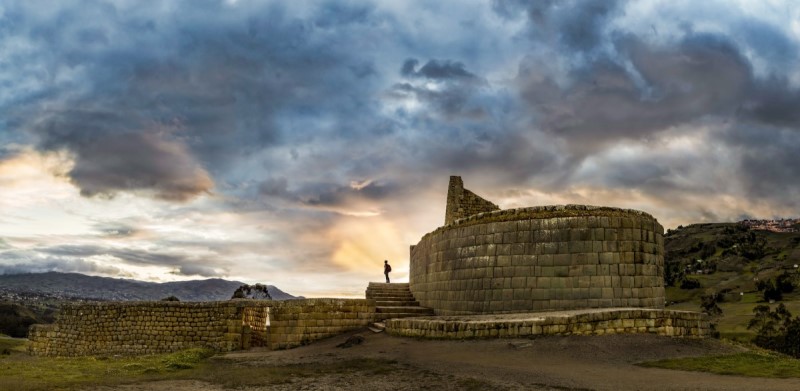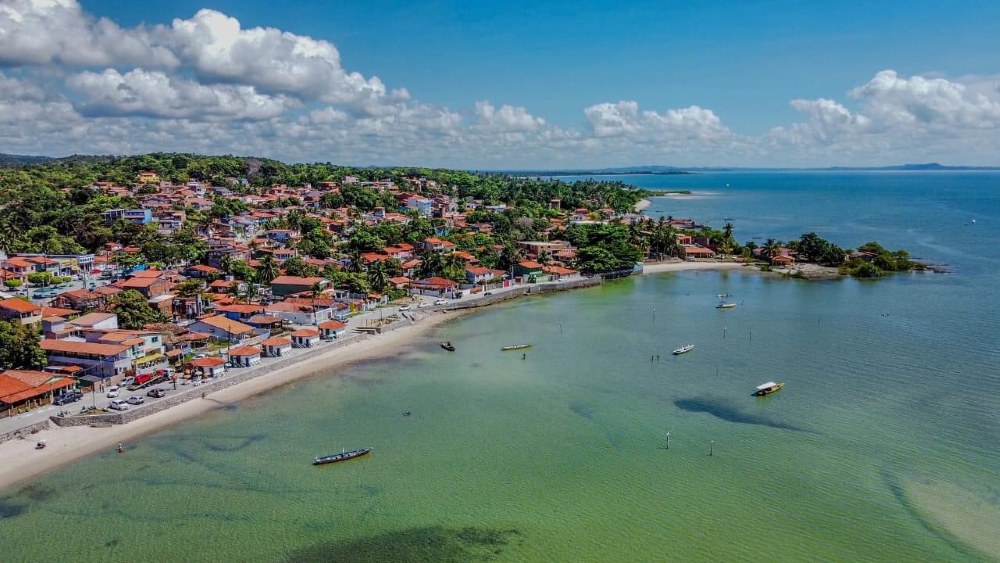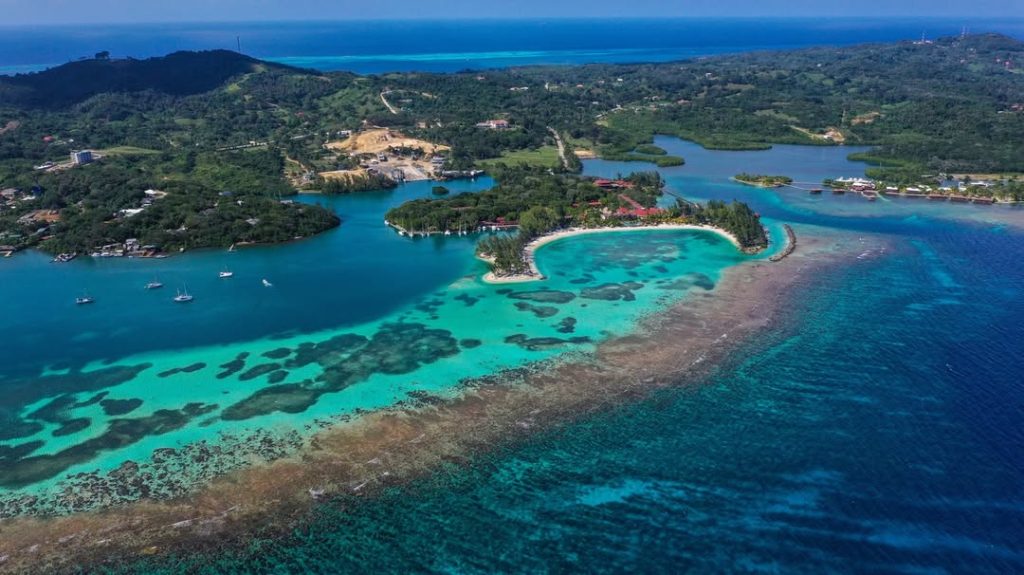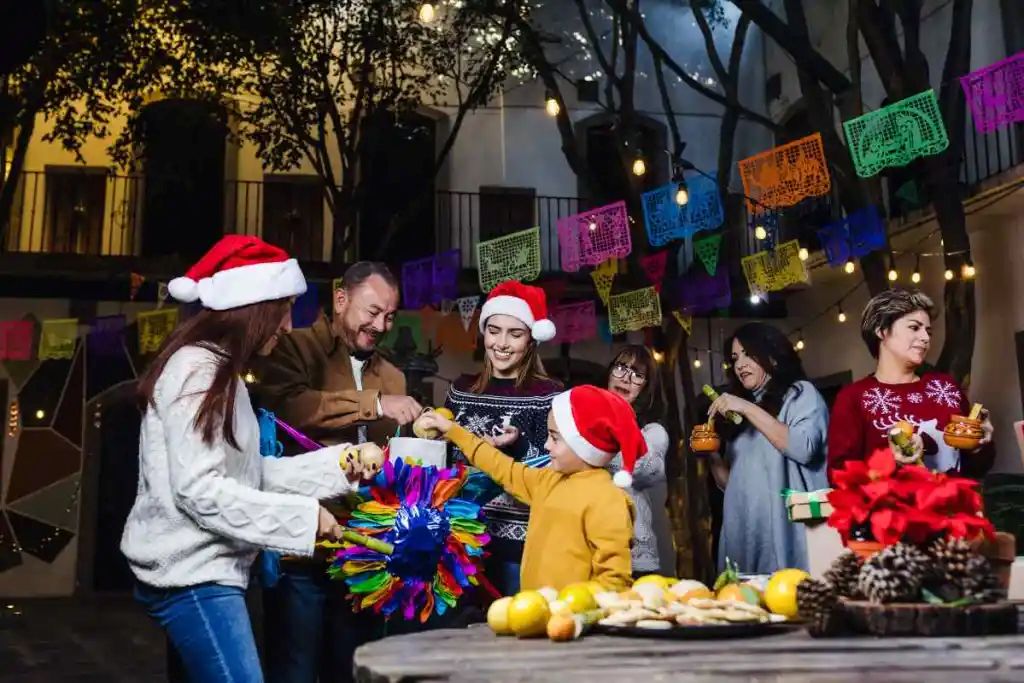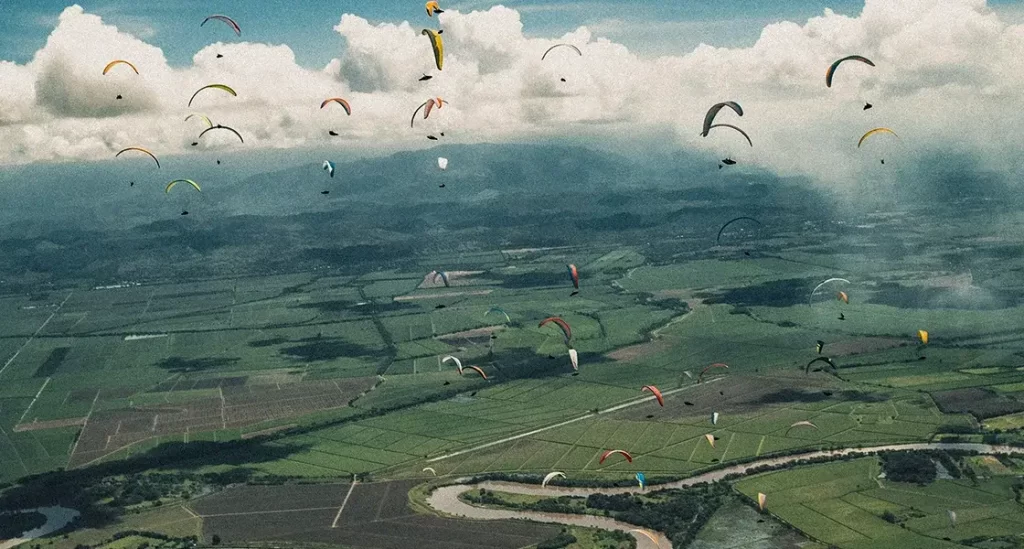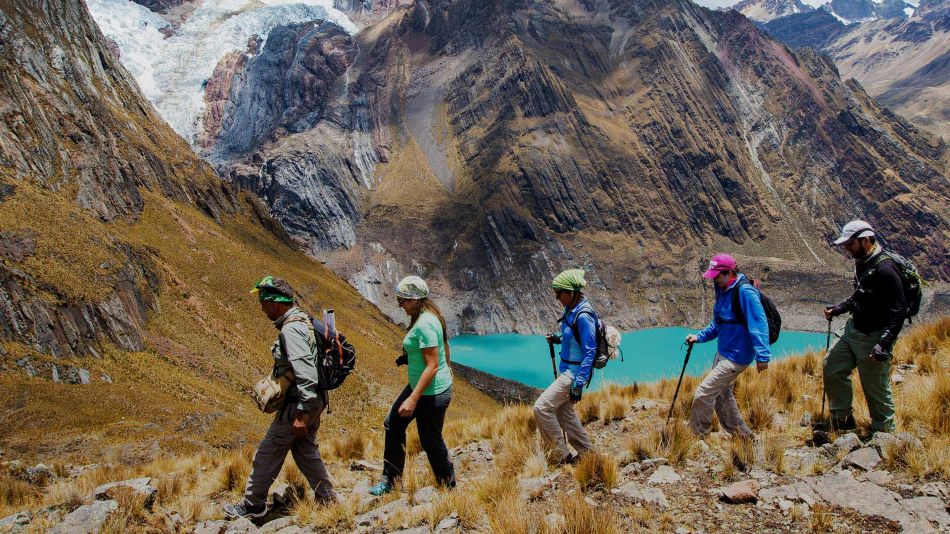A year ago, Cañar was declared the archaeological and cultural capital of Ecuador, in this article discover some of the reasons why this township has become one of the most important tourist destinations in the country.
Cañar is located 281 km south of Quito and 36 km north of Azogues, in the province of Cañar. On January 26, 2001, it was declared the archaeological and cultural capital of Ecuador, as it is the cradle of the Great Cañari Nation, a culture that appeared in these territories around 2,000 years before Christ (Narrío era) and that has left a great legacy in terms of art and ceramic traditions.
Those who visit Cañar have before them a wide range of tourist possibilities, as in addition to its important archaeological and cultural resources, this canton is surrounded by magnificent natural sites.
Below are some of the attractions that should not be missed during your stay:
Archaeological complex of Ingapirca
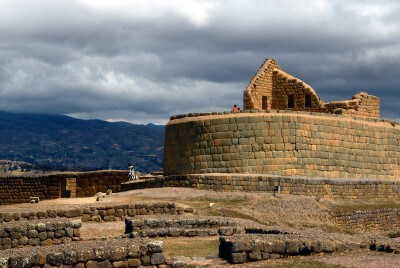
It is considered the largest and best preserved archaeological site in Ecuador. Its name, derived from the Quechua language, means “wall or wall of the Inca”.
It is the tourist jewel of the canton and the province. There are the remains of an elliptical ceremonial temple, old warehouses, houses and other structures.
In the vicinity of the complex you can also see interesting rock formations such as “La Cara del Inca” (the face of the Inca). On the other hand, a museum on the site exhibits beautiful archaeological pieces of pottery, bone and metal corresponding to the Cañari and Inca cultures.
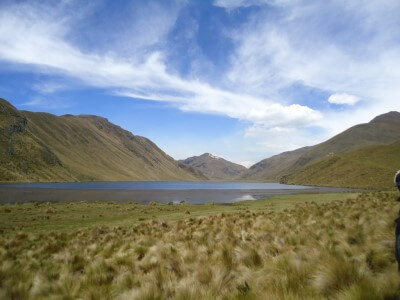
Culebrillas Lagoon
This lagoon is considered a sacred place, because according to legend, the serpent creator of the Cañari nation hid in its waters after a great universal deluge.
The lagoon is located at an altitude of 3860 metres and is surrounded by paramo, the typical Andean vegetation. In the surrounding area there are important archaeological remains such as Labrashcarumi (an ancient stone workshop) and Paredones (a tambo that sheltered travellers who passed through the region for hundreds of years).
Qhapaq Ñan
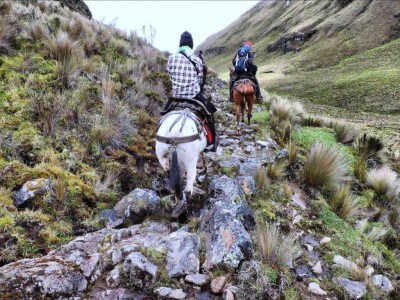
Known in Spanish as “El Gran Camino del Inca”, it is the ancient Andean road system, formed on the basis of a network of routes, strategically arranged to cover the entire length of the Andean geography.
In 2014, the Qhapaq Ñan was declared a World Heritage Site by UNESCO. The best preserved section of the Qhapaq Ñan in Ecuador runs through the Sangay National Park, in the upper zone of the Culebrillas Lagoon. Along the way, it is possible to discover archaeological remains as well as the typical flora and fauna of the moors and mountain forests of the province of Cañar.
Guantug Archaeological and Ethnographic Museum
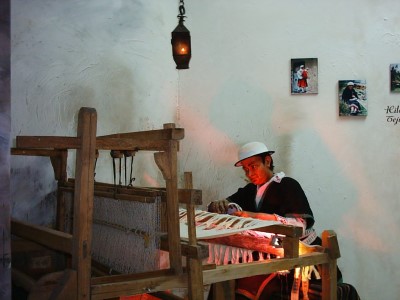
It is located in the Guantug leisure park. Its archaeological room exhibits bowls, aríbalos, axes, flutes, amulets and other ceramic, bone, shell and gold objects from the Cañari and Inca cultures.
The ethnographic room recreates scenes of daily life, celebrations and clothing of the most representative communities of the canton, whose colour and history fascinate visitors to the site.
Cañari ethnic group
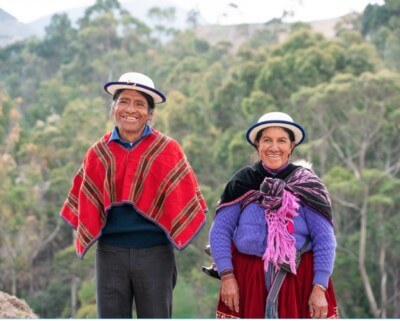
This ethnic group, which is descended from the former settlers of the Cañar and Azuay region, has a population of approximately 150,000 people. Although they used to speak “Cañari”, they now speak Quechua and Spanish.
Their way of life is based on livestock and agriculture and, to a lesser extent, on artisanal production. They are known for their courage and their attachment to ancestral traditions and customs.
The Cañari ethnic group has undoubtedly been a key factor in the declaration of Cañar as the archaeological and cultural capital of Ecuador, as its members have preserved their historical memory, customs and traditions, which are reflected in their clothing, music, legends, gastronomy and festivities.
San Antonio Sanctuary
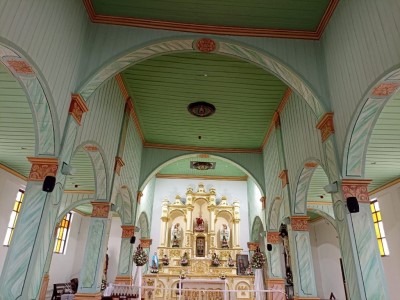
This sanctuary, which dates back to 1934, is located in the beautiful viewpoint of San Antonio, at an altitude of 3260 metres. According to the locals, in 1958 a Eucharistic miracle took place in this temple, when during a mass the parishioners saw the face of Jesus appear in the monstrance.
The architectural beauty of this temple makes it an ideal place to visit for lovers of cultural and religious tourism.
Central Market

It is the ideal place for those who are looking for an immersive experience to discover the customs of the local people, as well as learning the processes of distribution and sale of basic products (food, clothing and handicrafts). It is also possible to enjoy the typical local cuisine, to taste the famous cuy with potatoes, chiviles and fritada.
Source: Ecuador Travel

